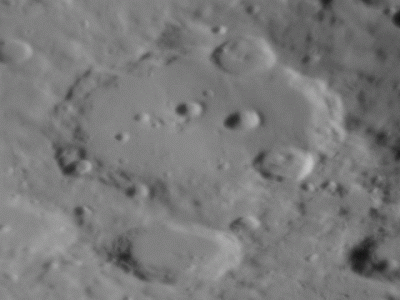Stacking in Astronomy

Stacking, as the name suggests, is the process of putting one picture on top of another. there might be varied motives behind why one would do this. In the context of astronomy and astro-photography, stacking is done in-order to reduce the noise in the picture and achieve the actual diffraction limited resolution images and to negate the effects of the atmosphere. As is known, the earth's atmosphere is very turbulent and an unknown/un-noticed effect is that light bends when it passes through this turbulent atmosphere. while it might not be obvious naked eye, the effect of a turbulent atmosphere is quite obvious when you look at a planet or a star through a telescope. Here you can see an example of the effect of of turbulence on pictures of the moon. - source (i didnt ask for permission though) . ...